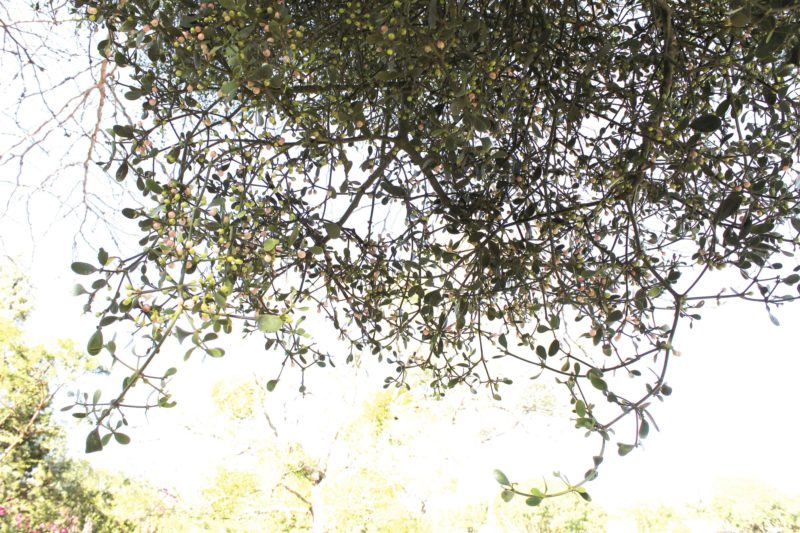

By Charlie Shackleton
With the recent, albeit not new, scourge of xenophobic attacks in South Africa, I am somewhat hesitant to draw parallels in the debate on the relative merits of indigenous trees and non-indigenous ones in the public spaces of our city.
Yet, it is not a trivial debate and it is one that is being engaged in by experts and laypeople in many towns and cities around the world.
Are native (i.e. indigenous to a particular locality) tree species better adapted to the local conditions, do they suffer less pest damage, do they provide more or better food and shelter to birds, insects and small mammals, and at the end of the day, should municipal parks authorities favour native tree species over non-native ones for heritage, biodiversity and practical reasons?
Whether or not authorities should favour native tree species in public spaces is a value judgement and therefore cannot be answered solely by via scientific research.
But research has a role to play in providing decision-makers and the public with information to allow them to better weigh up the pros and cons of particular decisions and actions.
With this in mind, the Department of Environmental Science at Rhodes recently investigated the role of native and non-native street trees in providing habitat and nesting sites to birds along with any positive or negative associations with mistletoes.
That is why some readers may have seen me wandering along the roadsides seemingly peering aimlessly into trees around the city.
Rather than aimless wanderings I was recording the presence of birds, bird’s nests and mistletoes in each tree, while also recording the species of tree, whether native or not, as well as the tree circumference.
In the 38 streets sampled, 1 261 trees were recorded, spanning almost 100 different species.
The most frequently encountered tree species were jacaranda (8.7%), Brazilian pepper tree (8.6%) and different species of European or American ash (7.3%), all of which are non-native.
The three most common native species were coral tree (6%), white stinkwood (5.6%) and sweet-thorn (5%). Overall, just under two-thirds (64.6%) of the street trees were non-native. However, in newer parks and streets most of the trees are native species.
In terms of birds and nests in the street trees, a marked difference was noted between native and non-native trees.
A greater number of bird species were recorded in native street trees than in non-native ones even though there were almost 50% fewer native street trees.
Also, the mean density of birds per tree was almost three times greater in native tree species than non-native ones.
The number of birds per tree was also positively related to tree size, i.e. bigger trees harboured more birds. I also found that a greater number of different tree species in a street resulted in a greater number of different bird species – food for thought when planners want to plant boulevards lined with a single tree species.
Echoing these findings was that the proportion of native street trees with bird’s nests was almost double that of non-native tree species. Interestingly, mistletoes showed the opposite trend, with a far higher proportion of non-native trees hosting mistletoes than native tree species. The most heavily infected tree species was by far the ash species, followed a long way back by sweet-thorn.
In summary, this project indicates that if one wants to encourage birds within the public spaces of the city then this would be best achieved by planting a wide variety of native tree species, including those capable of attaining a large stature.
Conversely, if one wanted to see lots of mistletoes then the results were unequivocal, plant non-native ash species. But sweet-thorn was also a common host for mistletoes, and being a native species would allow one to encourage both birds and mistletoes.
* Charlie Shackleton is a lecturer in the Department of Environmental Science, Rhodes University



